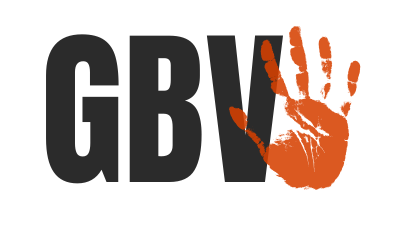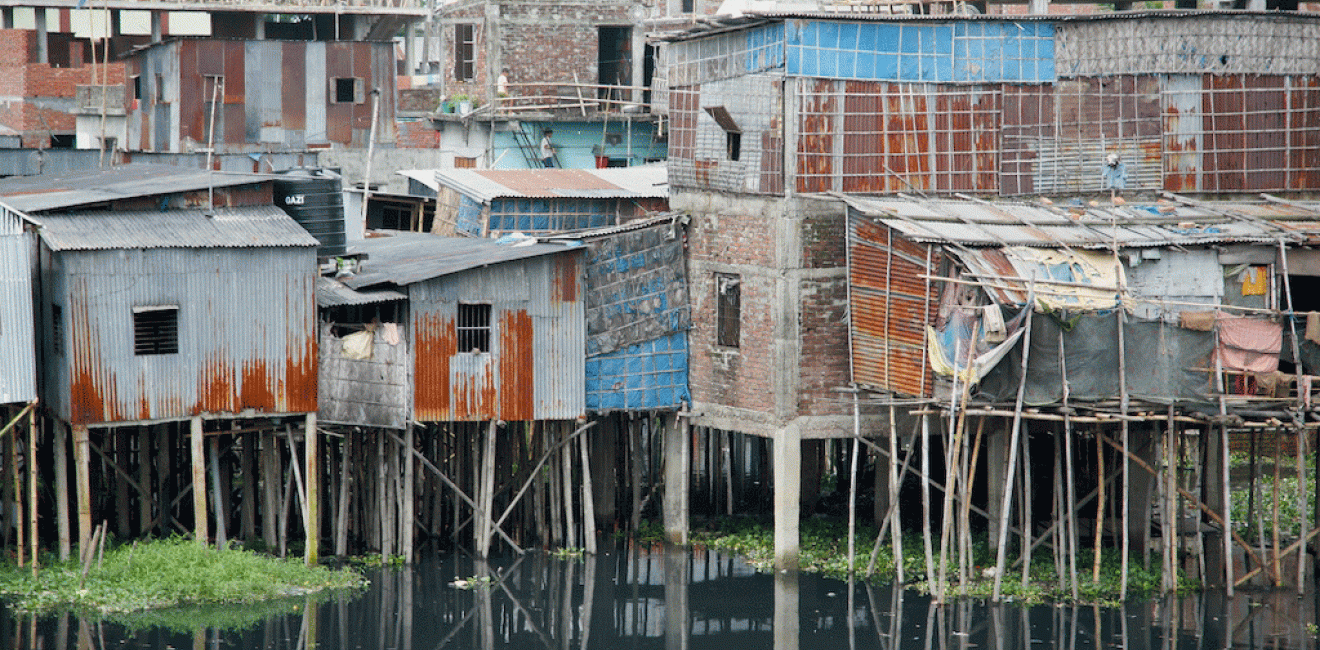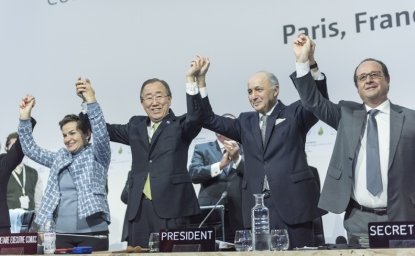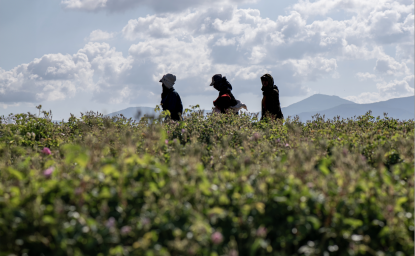The Paris Agreement coming out of the Conference of Parties (COP) 21 negotiations gave breakthrough recognition to loss and damage, sorting through thorny discussions and politically charged negotiating positions. These positions revolved around liability and compensation, which developing countries called for but developed countries were unwilling to have included in the Agreement.
The UN Framework Convention on Climate Change (UNFCCC) defines “loss and damage” as “the actual and/or potential manifestation of impacts associated with climate change in developing countries that negatively affect human and natural systems,” including impacts from extreme events—for example heatwaves, flooding, and drought—and slow-onset events—including sea level rise and glacial retreat. “Loss” applies to the complete disappearance of something such as human lives, habitats, or even species. These are gone forever and cannot be brought back. “Damage” refers to something that can be repaired, such as a road or building or embankment. Thus loss and damage from climate change refers to the complete and irrecoverable loss of some things and the repairable damage of other things due to the impacts of human-induced climate change.
Ultimately, the Paris Agreement included anticipatory compensation mechanisms through risk insurance; assured the continuation of a global mechanism on Loss and Damage called the Warsaw International Mechanism; and gave recognition to the long-articulated position of many countries that had been arguing for support for short-term coping and additional support for longer-term adaptation when mitigation and adaptation efforts were insufficient to deal with loss and damage due to climate change.
Loss and damage on the road to Paris
The concept of Loss and Damage from human-induced climate change is not very new. Small island developing states have been raising this issue under aegis of the Alliance of Small Island States (AOSIS) for over twenty years, from the very beginning of the UNFCCC negotiations. A work program on loss and damage was agreed under the Cancun Adaptation Agreement adopted in Cancun, Mexico at COP16 in 2010. A further decision was adopted in Doha, Qatar, at COP18 in 2012.
Negotiators agreed to review the loss and damage issue for three years, under a mechanism known as the "Warsaw International Mechanism" (WIM), at the COP19 climate conference in Warsaw, Poland, in 2013.The WIM aimed to enhance understanding of comprehensive risk management approaches to loss and damage (L&D); address gaps in the understanding of approaches to L&D; strengthen dialogue, coordination, coherence, and synergies among stakeholders working on L&D; and enhance action and support for L&D, including finance, technology and capacity building.
Red lines and negotiating positions
Going in to COP21 in Paris, loss and damage was very contentious and sensitive. The negotiating text contained one option from the developing countries with a number of proposed paragraphs around liability and compensation. Developing countries called for developed countries to be held liable for the impacts from loss and damage and thought that countries undergoing L&D should be compensated. Alternatively, the text also contained a proposal from the Umbrella Group, including the United States, that suggested deleting all mention of loss and damage. The main contention focused on liability and compensation.
Developed countries were not against the concept of loss and damage per se but had to deal with political realities back home, and this set their negotiating position. As U.S. Secretary of State Kerry noted, “We're not against [loss and damage]. We're in favor of framing it in a way that doesn't create a legal remedy because Congress will never buy into an agreement that has something like that. . . . [T]he impact of it would be to kill the deal.” But developing countries were similarly clear, as was noted in the media, that leaving loss and damage out entirely was a deal breaker for them. Pa Ousman Jarju, chair of the Least Developed Countries group of 48 nations, noted, "We do not foresee an outcome in Paris without Loss and Damage….That is a red line for us."
Going into COP21, developing countries had three main demands: first, make the Warsaw International Mechanism (WIM) on Loss and Damage into a permanent mechanism (otherwise the WIM might have ended at COP22 in December 2016). Second, elevate the issue of displacement and migration to one of nine action areas under the agreed work program of the WIM. They called for it to be under a separate “facility” that recognizes the importance of needing to deal with displacement and migration due to climate change which, if not dealt with, could potentially exacerbate existing problems of displacement and migration. Third, recognize some form of finance for irrecoverable loss and damage, possibly through innovative financing channels.
The negotiations…and the agreement
As the negotiations started in Paris, the U.S. President Barack Obama implicitly accepted in his opening statements that loss and damage was affecting Inuit villages in Alaska. The following day he met with leaders of island countries and announced a $30 million contribution to a Climate Risk Insurance initiative, which is implicitly a tool addressing loss and damage. With these two actions, it looked as if the United States would try to find common ground with the developing countries.
After two weeks of mostly behind-the-scenes discussions between the United States and some island countries, a final agreement emerged that included language for both the Paris Agreement and the decision text supporting it.
Article 8.1 of the Paris Agreement notes that, “Parties recognize the importance of averting, minimizing and addressing loss and damage associated with the adverse effects of climate change, including extreme weather events and slow onset events, and the role of sustainable development in reducing the risk of loss and damage.”
Article 8.3 notes that, “Accordingly, areas of cooperation and facilitation to enhance understanding, action and support may include:
(a) Early warning systems;
(b) Emergency preparedness;
(c) Slow onset events;
(d) Events that may involve irreversible and permanent loss and damage;
(e) Comprehensive risk assessment and management;
(f) Risk insurance facilities, climate risk pooling and other insurance solutions;
(g) Non-economic losses;
(h) Resilience of communities, livelihoods and ecosystems.
A success for climate diplomacy
Despite strong, opposed negotiating positions on loss and damage during COP21, not all was lost and damaged. The final Agreement presents a number of interesting conclusions resulting from successful climate diplomacy.
A concession by developing countries on liability and compensation was reflected in the Agreement’s decision text, which notes that there is no possibility of claiming liability and compensation for L&D. This had been a requirement from the United States, which otherwise would not agree to the other elements of the overall deal. Developing countries had to concede on this point. Consequently rich countries, instead of compensating after loss or damage, can subsidize risk or flood insurance before loss or damag for home or business owners in low-lying developing countries who face unaffordable premiums.
Developing countries reached a major achievement, however, in the treatment of loss and damage in an article separate from the article covering adaptation. Moreover, under the Paris Agreement the WIM is embedded as a permanent institution, and a task force on climate change-related displacement is established within the WIM.
Overall, the outcome for Loss and Damage from COP21 is positive. Most importantly, the Agreement advances policy and the parameters on L&D within the UNFCCC structure, and sets the stage for COP22 in December 2016 in Morocco, where the outputs from the WIM will be further examined, including its structure, effectiveness, and mandate. Global climate diplomacy has taken steps to tackle emerging and complicated dimensions of climate change impacts.
The opinions expressed here are solely those of the authors.
Photo Credit: Precarious Living, Dhaka, Flickr User Michael Foley (CC-BY-NC-ND-2.0)







